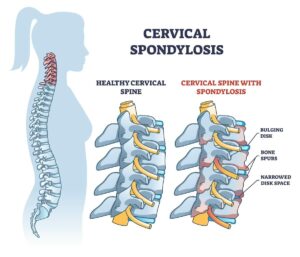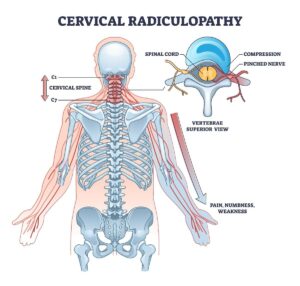Free download: Top 10 Natural & Easy Remedies for Joint Pain from Home. Learn these helpful remedies.
Estimated Reading Time: 7 minutes read
Neck strain is a common issue affecting many individuals, often caused by factors like poor posture, prolonged use of electronic devices, or even sleeping in awkward positions. This discomfort can range from a mere nuisance to a severe impediment to daily activities. In this comprehensive guide, we’ll explore effective rehabilitation exercises tailored explicitly for neck strain relief.
Understanding the causes and symptoms of neck strain is crucial for effective treatment. Recognizing these signs early can prevent further complications and expedite recovery. This article delves into various rehabilitation exercises, including posture correction, soft tissue mobilization, stretching, range of motion, and strengthening exercises, offering a holistic approach to managing neck strain.
Table of Contents
Causes and Symptoms of Neck Strain
Before diving into the exercises, it’s essential to understand the common causes and symptoms of neck strain:
Causes:
- Poor Posture: Slouching or hunching over computers and smartphones can strain neck muscles.
- Awkward Sleeping Positions: Sleeping with your neck twisted or without proper support can cause strain.
- Repetitive Motions: Activities that involve repetitive neck movements can lead to muscle strain.
- Accidents or Injuries: Whiplash from car accidents or sports injuries can cause severe neck strain.
- Stress and Tension: High-stress levels can lead to muscle tension in the neck.
- Age-related Wear and Tear: Degenerative changes in the neck can cause strain as you age.
Symptoms:
- Pain and Stiffness: Aching or throbbing pain in the neck, sometimes accompanied by stiffness.
- Reduced Range of Motion: Difficulty in moving the head and neck usually.
- Muscle Spasms: Sudden, involuntary muscle contractions in the neck.
- Headaches: Tension in the neck can lead to tension-type headaches.
- Numbness or Tingling: These sensations can occur if the strain affects nerve pathways.
- Fatigue: General tiredness and discomfort in the neck region.
Posture Correction: The First Step to Recovery
One of the primary causes of neck strain is poor posture, particularly when sitting for extended periods or while using electronic devices. Correcting your posture can significantly alleviate neck pain and prevent further strain.
1. Levator Scapulae Stretch
- Begin by sitting upright in a chair.
- Depending on the side of pain, place that hand on the seat. For instance, if your right side aches, use the right hand.
- With your opposite hand, gently grasp the side of your head.
- Apply a gentle pressure to guide your gaze toward the opposite armpit.
- Hold for 30 seconds and repeat three times.

2. Pec Stretch

- Standing in front of your doorway, raise your arms up to shoulder height like a goalpost. The elbows will be bent with the palms facing forward.
- Keeping this position, rest the arms against your doorway.
- Slowly lean forward into a gentle stretch and hold for at least 30 seconds.
- Repeat this stretch for a total of 3 times.
Enhancing Neck Mobility: Range of Motion Exercises
Improving the range of motion is vital for neck strain recovery. These exercises help in reducing stiffness and improving flexibility.
1. Book Openers
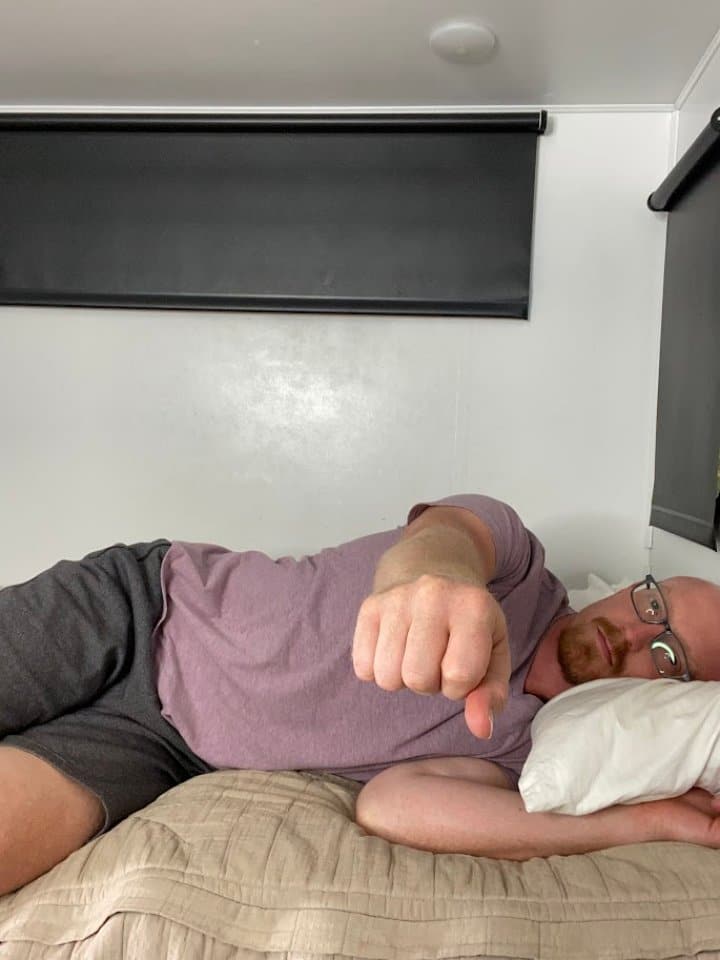
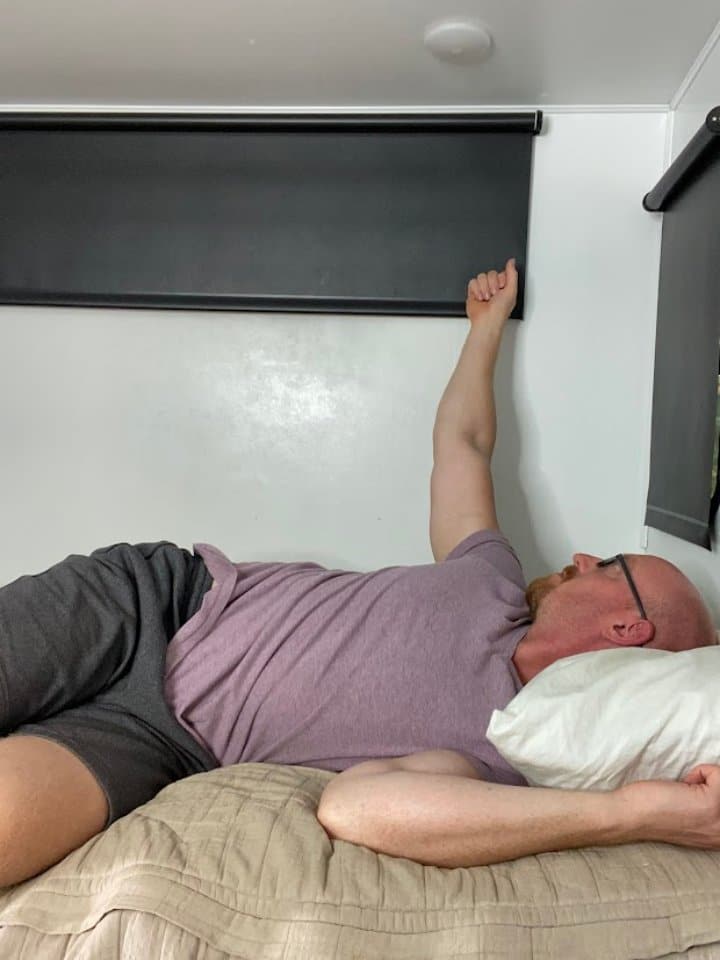
- Begin laying on one side (you can lay on your bed, couch or the floor). Make sure to have pillow support for a neutral neck position. The legs can be relaxed in whatever position is most comfortable.
- Reach the top arm forward, then slowly begin moving it toward the ceiling. Have the head follow this motion.
- Once the arm is pointing towards the ceiling, the rest of the spine should rotate and follow the arm as it continues to move and stretch behind you.
- Only rotate as far as the spine is comfortable with.
- Hold for 5 seconds, then return to your starting position.
- Repeat for 3 repetitions, then perform on the opposite side.
2. Back Extension with a Chair
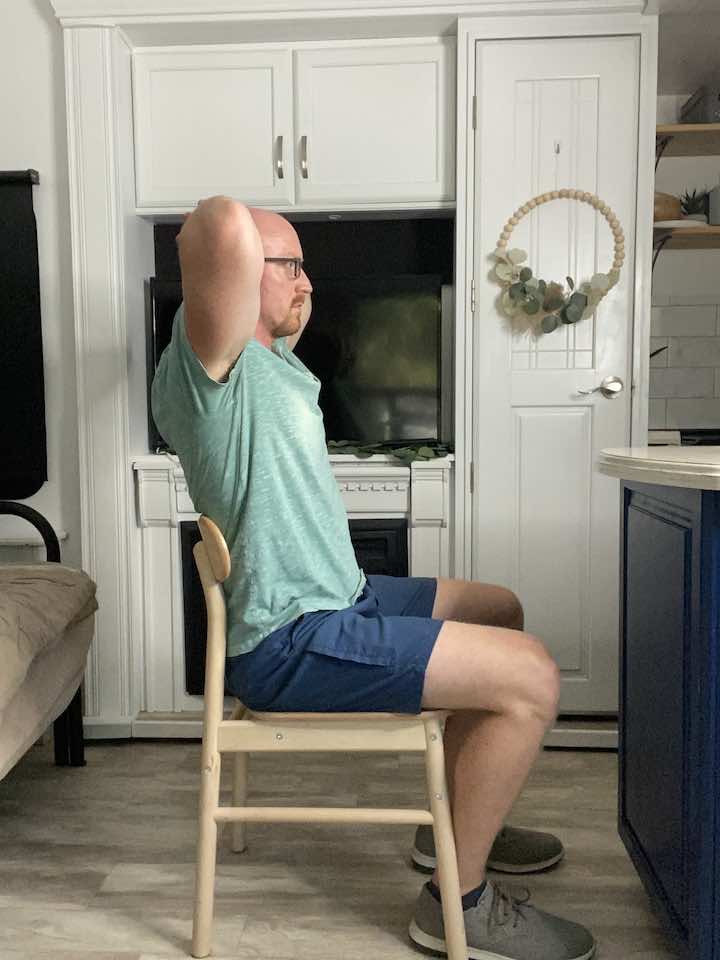

- Starting position: Using a chair with a back, place your hands behind your head to cradle it and your back positioned against the chair back.
- Slowly lean back, extending your back while looking up towards the ceiling. Make sure not to lean to far back so you don’t tip the chair!
- Hold the stretch for up to 5 seconds, then return to your starting position.
- Repeat for 10 repetitions and 3 sets in total.
Strengthening the Neck: Key to Long-Term Relief
Strengthening exercises are crucial for building muscle support around the neck, providing long-term relief and preventing future strain.
1. Chin Tucks
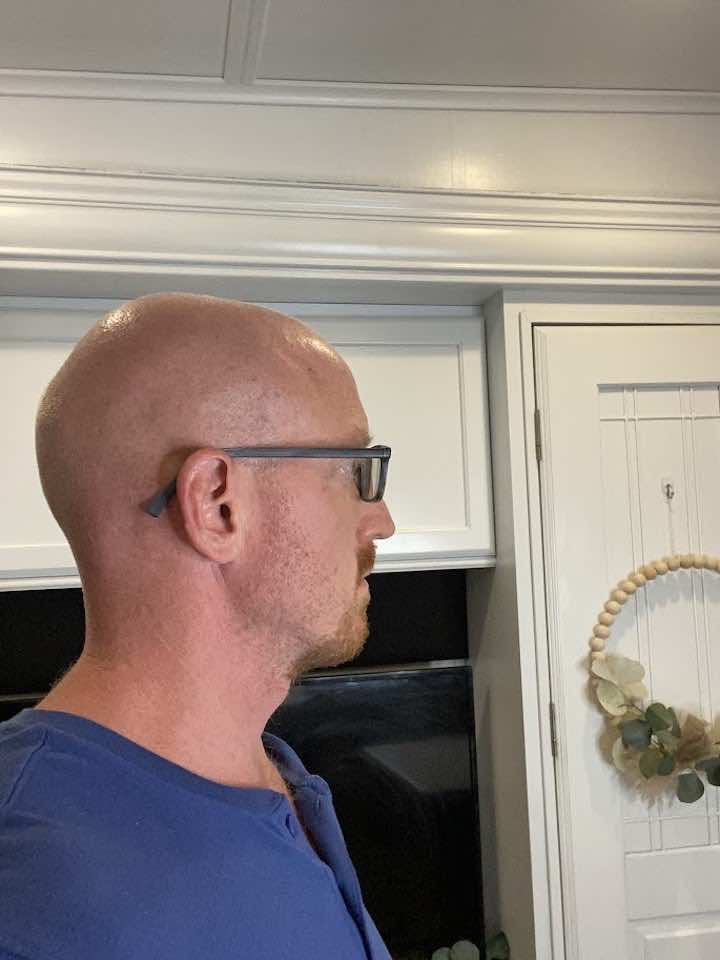

- You can perform a chin tuck laying on your back or sitting or standing.
- Gently tuck the chin directly back as if trying to make a double chin. Avoid nodding your head.
- Hold this position for 2 seconds, then slowly relax your muscles.
- Repeat 10 repetitions.
2. Scapular Retraction
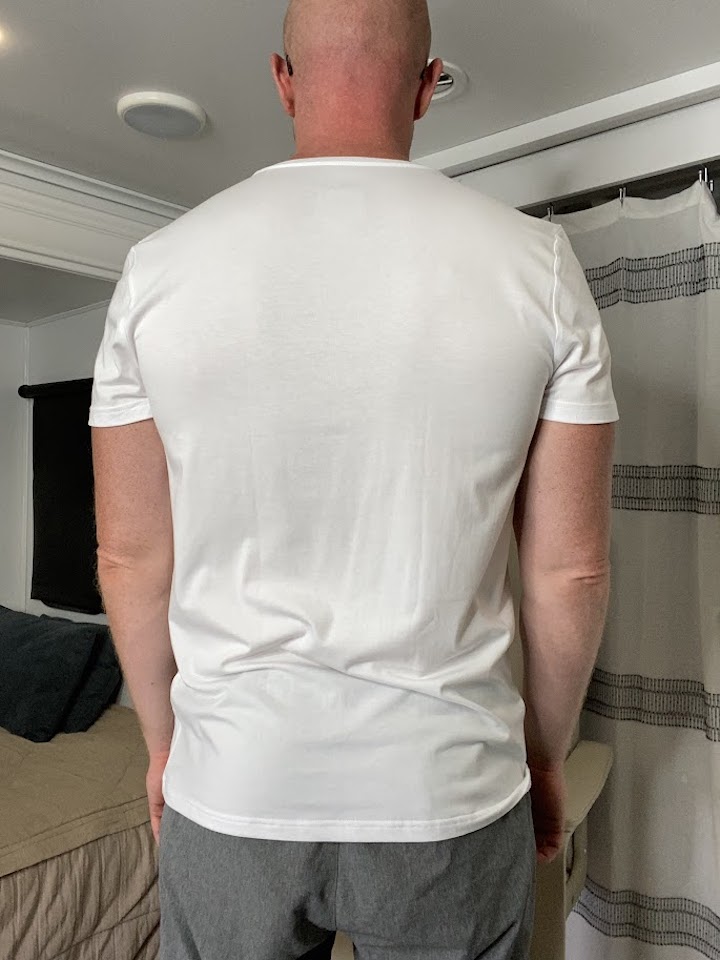
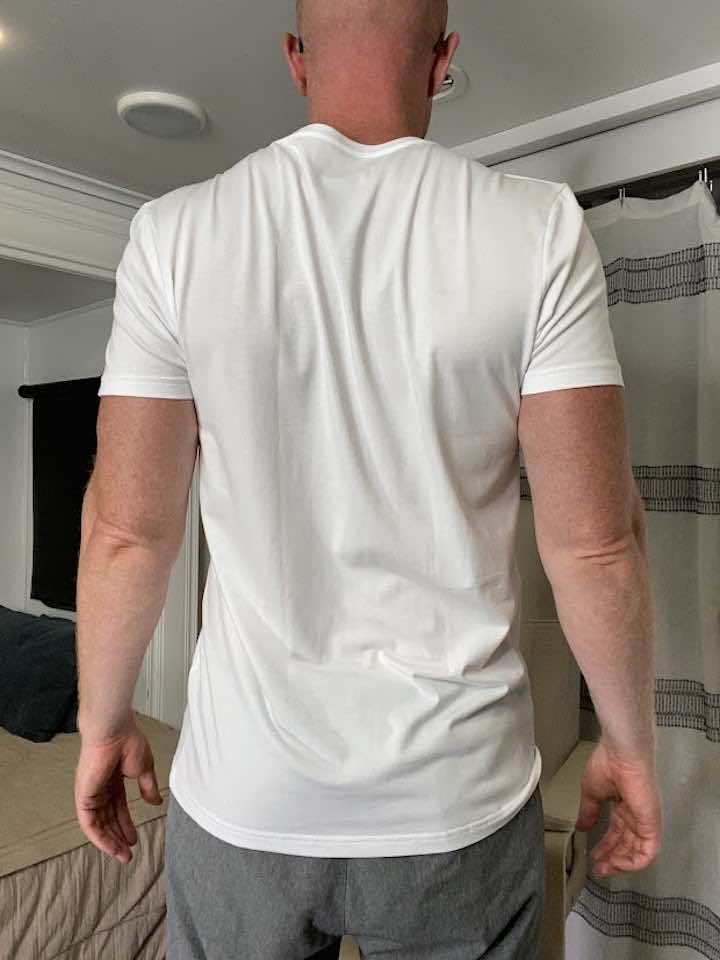
- In a sitting or standing position, try to sit as straight as possible. Aim to position the head in a neutral position as possible.
- Gently pull the shoulders back and squeeze the shoulder blades together.
- Hold for 5 seconds, then relax.
- Repeat 10 repetitions for 3 sets.
3. Rows with Resistance Band
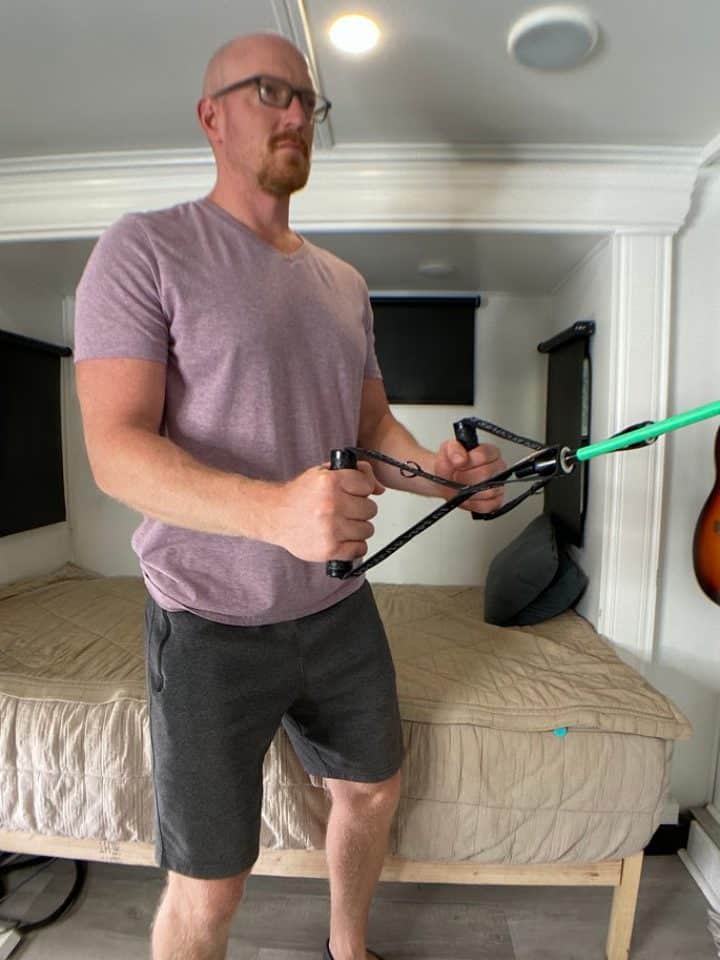
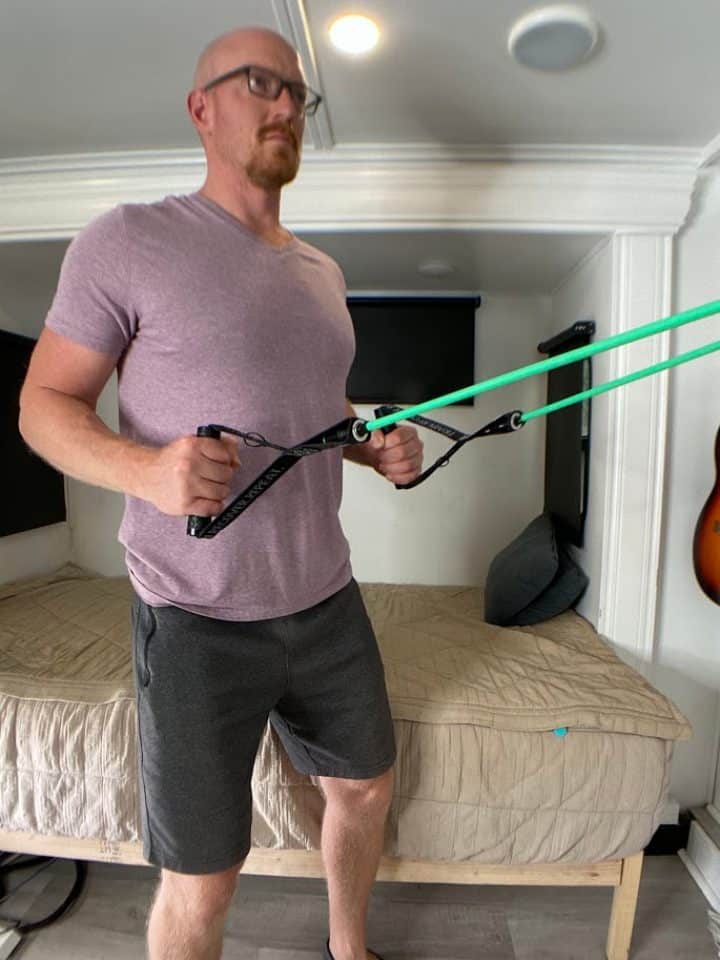
- Hold on to the ends of a resistance band (light, medium or heavy), which you can attach to a door knob.
- Begin with the arms elevated in front of you to shoulder height and the palms facing each other.
- Step back far enough that the resistance bend has a little tension.
- Pull back on the band by bending the elbows and swinging the arms back next to you. Make sure to squeeze the shoulder blades together.
- Hold for 2 seconds, then return to your starting position.
- Repeat 10 repetitions for 3 sets.
4. External Shoulder Rotation with a Resistance Band

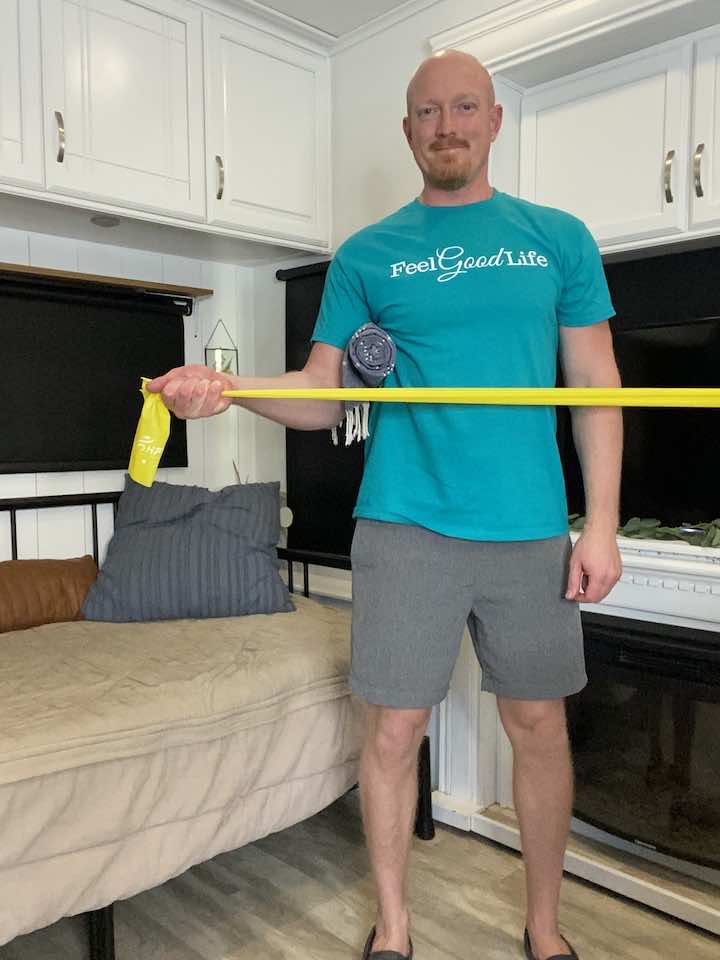
- Attach one end of the resistance band to a secure location, such as a doorknob or post, at the height of your elbow to perform the correct motion.
- Stand facing the band and hold the other end with your hand on the same side, elbow bent at a 90-degree angle and tucked by your side, and palm facing towards your body.
- Keeping an upright posture, slowly pull the band away from your body, rotating your arm outward and away from your torso while maintaining the 90-degree angle of your elbow.
- Hold this position for 2 seconds, then return to your starting position.
- Repeat the movement for 10 repetitions, then switch to the other arm.
- Aim for 3 sets of this exercise.
5. Internal Shoulder Rotation with a Resistance Band
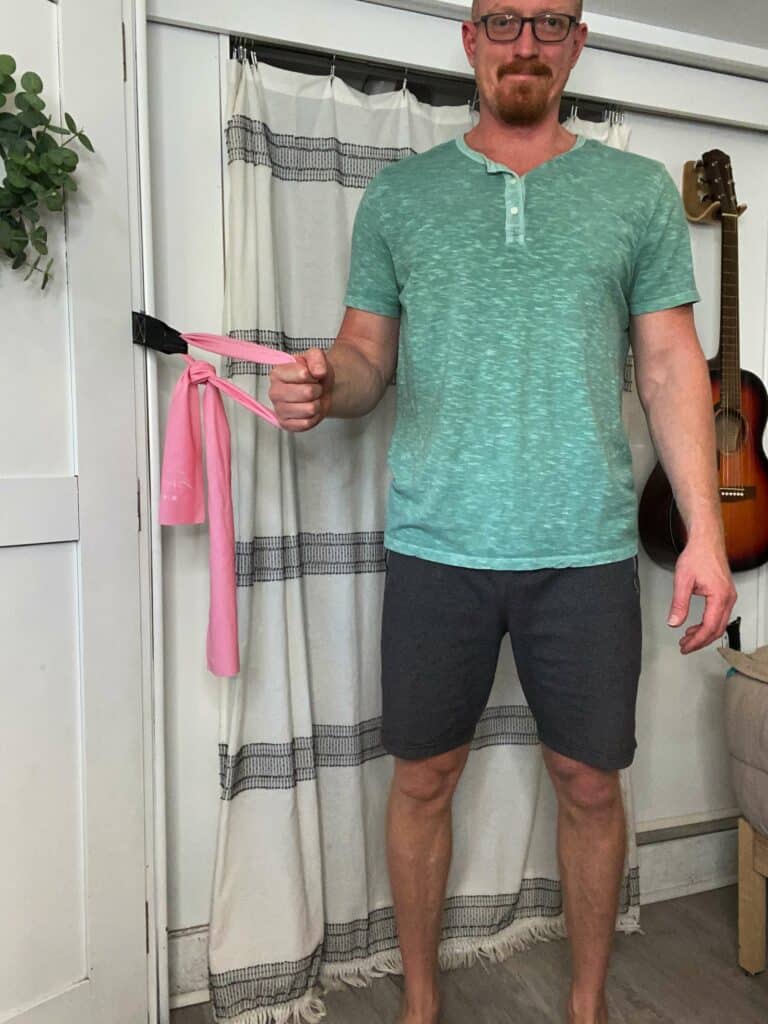
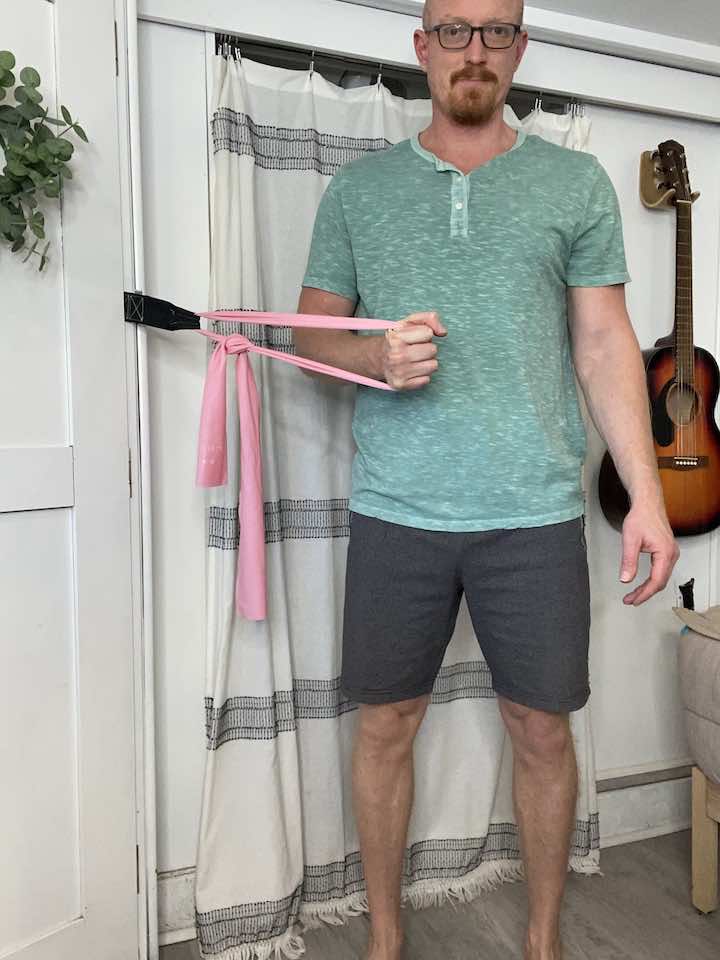
- To perform this exercise, you will need to attach one end of the band to a secure location, such as a doorknob or post, at the height of your elbow to perform the correct motion.
- Keeping an upright posture, slowly pull the band towards your stomach while maintaining the 90-degree angle of your elbow.
- Hold for 2 seconds, then return to your starting position.
- Repeat the movement for 10 repetitions, then switch to the other arm.
- Aim for 3 sets of this exercise.
Care Tips for Neck Strain
In addition to exercises, caring for your neck through daily habits and routines is essential. Here are some tips:
- Maintain Good Posture: Be conscious of your posture, especially when sitting for long periods.
- Use Ergonomic Furniture: Opt for chairs and desks that support a healthy posture.
- Take Regular Breaks: Stretch and move around every hour if you have a desk job.
- Apply Heat or Cold Therapy: Use a warm compress or ice pack to relieve pain and inflammation.
- Manage Stress: Practice relaxation techniques like deep breathing or meditation to reduce muscle tension.
- Consult Healthcare Professionals: If pain persists, seek advice from a physiotherapist or doctor.
Conclusion
Neck strain can be a debilitating condition, but with the right exercises and care, it’s manageable. Incorporating these rehabilitation exercises into your routine can significantly alleviate pain and improve neck function. Remember, consistency is key, and it’s always advisable to consult with healthcare professionals for personalized advice. By taking proactive steps towards neck care, you can enjoy a more comfortable and pain-free life.










